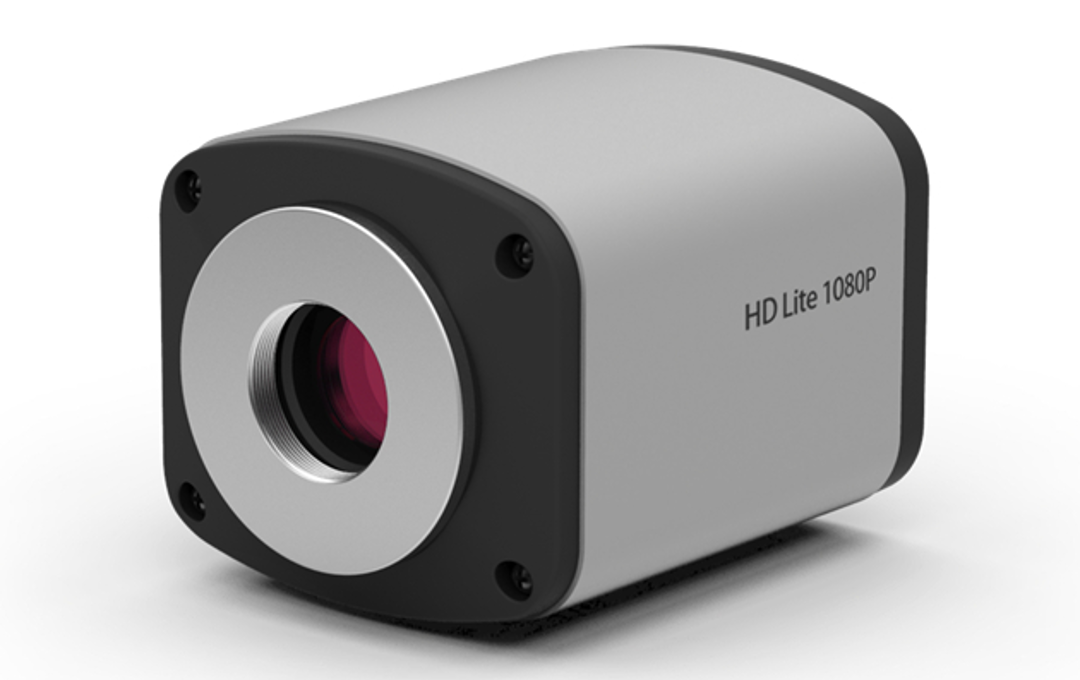Researchers and other professionals can utilize a variety of attachment methods to achieve the best possible results when attaching cameras to microscopes for the purposes of imaging and documenting their findings. These approaches consist of:
Mounting on the Trinocular Port Itself Directly
Numerous contemporary microscope camera come outfitted with a trinocular head, which consists of a third port that is designed to specifically accommodate cameras. Mounting a camera to this port directly creates a strong and secure connection that eliminates the need for any additional adaptors, thereby enabling seamless image capture and analysis. This approach guarantees effective light transmission and alignment, both of which contribute to the generation of high-quality imaging results. Adapters for camerasIn order to connect a digital camera to a microscope that does not come equipped with a dedicated trinocular port, it is common practice to use camera adaptors. These adaptors perform the function of intermediary attachments, making it possible to safely attach the camera to either the eyepiece of the microscope or the photo tube. When using camera adaptors, careful calibration is required to guarantee precise alignment and reduce the likelihood of image distortions and aberrations occurring. In addition, adaptors allow compatibility with a diverse selection of microscope models and camera types, which provides imaging setups with greater levels of flexibility. Establishing Connections to Individual Camera PortsSome of the most cutting-edge microscopes have camera ports that are completely separate from the trinocular head. These dedicated camera ports are made to directly accommodate cameras, making them a more streamlined and effective route for imaging applications.
These dedicated camera ports are made to directly accommodate cameras, making them a more streamlined and effective route for imaging applications.
When cameras are connected to these particular ports, the result is frequently an improvement in image clarity and a reduction in the amount of light that is lost. This satisfies the requirements of essential microscopy applications such as live cell imaging, fluorescence microscopy, and high-resolution documentation. Each attachment method provides its own set of benefits, which makes it possible to satisfy the various needs of researchers and professionals who work in the field of microscopy. The configuration of the microscope, the imaging objectives, and the level of imaging precision and efficiency that is desired for a particular application are all major factors that heavily influence the method that is selected. Various Methods for Attaching Cameras to Microscopesbody
Connectors for Fiber Optic Cables
Fiber optic coupling is an alternative method that can be utilized in certain microscopy configurations in order to link Digital Camera For Microscope. This method involves the incorporation of fiber optic light guides to transmit the image from the microscope to the camera. This paves the way for imaging configurations that are remote or non-standard. The use of fiber optic coupling allows for a greater degree of placement flexibility with cameras, which can be beneficial in specialized applications where the use of conventional attachment methods is impractical.
Modules for wireless camera cameras
Recent developments in microscopy have resulted in the integration of wireless microscope cameras that are specifically designed for unobtrusive integration with microscopes. These modules are small and portable, and they can be attached directly to the eyepiece of the microscope or to the camera ports that are designated for that purpose. Wireless connectivity enables convenient image transfer, which in turn makes it possible to observe events in real-time and capture images on remote devices such as tablets, smartphones, and computers. Image processing workflows benefit from increased mobility and accessibility when using this method of attachment.
As the technologies of Digital Camera For Microscope and imaging continue to advance, more and more diverse methods have emerged for attaching digital cameras to microscopes in order to satisfy the requirements of a wide range of applications and the preferences of individual users. In scientific research, medical diagnostics, industrial inspection, and other applications of microscopy, each attachment method offers its own set of benefits that are tailored to meet the specific imaging requirements and operational constraints that are present. Researchers, educators, and professionals can choose the camera attachment method that is most appropriate for their imaging workflows by considering factors such as the configuration of the microscope, the imaging objectives, the level of imaging precision that is desired, and the requirement for mobility and connectivity in their imaging workflows.
